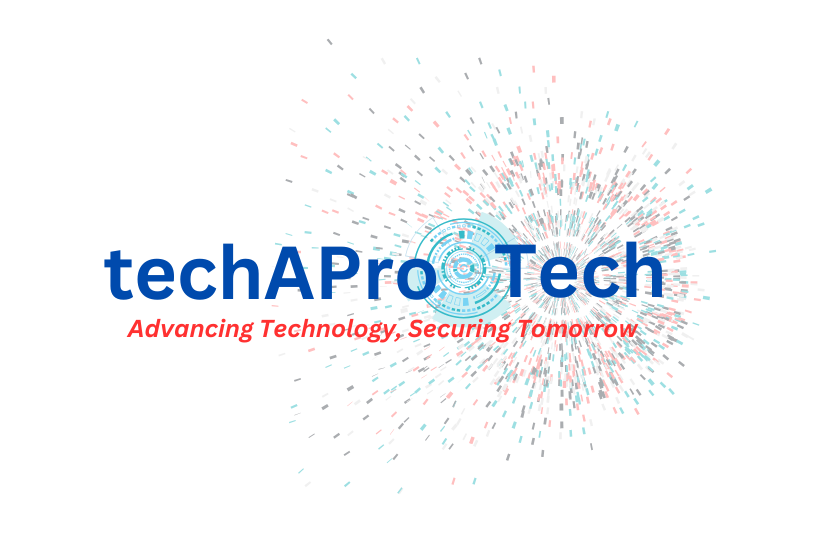Self-Monitoring Analysis, and Reporting Technology (S.M.A.R.T) is Self-Monitoring Analysis, and Reporting Technology (S.M.A.R.T) A very important system. It is build into Hard Disc Drives (HDD). Solid State Drives (SSD) which help to cheque on the health of the storage devices. S.M.A.R.T monitors drive reliability through several attributes and hence, users can avoid data loss by taking preventive measures against failures. This paper focuses on the operations, advantages, disadvantages and prospects of S.M.A.R.T. technology.
Historical Antecedents and Development (S.M.A.R.T)
S.M.A.R.T. came into existence in mid 1990s when all the manufacturers joined hands include Compaq, IBM and Seagate. The first version was compared to a primitive failure prediction wherein the online activities of drives are being supervised. Over the years, significant advancements have been made:
Initial Implementation: Earlier versions of S.M.A.R.T defined only simple attributes. Far away from the functionalities they offer now, and are in essence concerned with reporting simple drive activities.
Enhanced Features: Later versions added offline read scans. It would enable monitoring to be carry out when the drive was not busy at all.
Current Capabilities: Smart of today has the ability to run elaborate tests on all segments of a drive to cheque the status of both the drive and data during its idle time.
How (S.M.A.R.T) Works?
At the very basic level, S.M.A.R.T works its way through consistent checking and reporting on the well-being of storage devices. It tracks approximately 50 different attributes related to drive performance and reliability, including:
Reallocated Sector Count: Shows that how many of bad sectors have been substituted by spare sectors.
Spin-Up Time: It measures the time that takes to get to the operational speed of the drive.
Temperature: It monitors the temperature at which the drive operates in order to avoid high temperature that is dangerous to it.
Read/Write Error Rates: Records the errors which occurs during the data read/write process.
In the event where S.M.A.R.T recognises metrics or tendencies that are indicative of reduced health in drives, alerts are created. It means that for users can save their data before potential failure, thus this approach is proactive.
Functionality of Self-Monitoring Analysis, and Reporting Technology (S.M.A.R.T)
(S.M.A.R.T) is used in a similar manner as it involves constant reporting of a variety of elements about the performance and durability of a storage equipment. These attributes can include:
Reallocated Sector Count: Masks the number of bad sector that have been substituted with spare sector.
Spin-Up Time: Measures the time it takes for the drive to come to operational status.
Temperature: Ensures that the drive does not over heat by constantly checking the temperature at which the drive operates.
Read/Write Error Rates: Maintains information on the kinds of errors experienced when reading or writing data.
Normally, S.M.A.R.T. estimates drive health based on certain readings and or trends. When the estimated health is bad, it triggers an alert. This timely strategy enables users to copy their data upon a notice that a certain subsystem might fail in the near future.

Evolution of Self-Monitoring Analysis, and Reporting Technology (S.M.A.R.T)
S.M.A.R.T. is a technology that was develop based on the combined effort of Compaq, IBM, and Seagate, during the mid-1995. Originally it concerned the simple failure prognosis concerning the observation of over-the-web activities of drives. Over time, significant enhancements were make:
Offline Read Scans: This feature enables drives to be test for health cheque, when not in operation, in order to get a better view of their health state.
Sector Error Detection and Repair: In its recent derivation it is possible to detect. Also try to fix sector errors before loss of data.
Comprehensive Testing: The latest versions of S.M.A.R.T. tests all data sectors during idle time to cheque for any problem, then reports back.
Benefits of Self-Monitoring Analysis, and Reporting Technology (S.M.A.R.T)
The advantages of utilizing S.M.A.R.T. technology are substantial:
Early Warning System: By such notices, S.M.A.R.T serves its purpose of alerting against an eminent failure in a bid to avoid comprehensive data loss.
User Empowerment: Users can act in advance through S.M.A.R.T. messages, for example by copying information or swapping faulty drives.
Improved Reliability: Routine cheque-ups not only helps in increasing overall reliability but also in increasing drive’s useful life and maintaining it.
These are the reasons why S.M.A.R.T should be considered a tool for both individual and business data management15.
Limitations of Self-Monitoring, Analysis, and Reporting Technology (S.M.A.R.T)
Despite its advantages, S.M.A.R.T. technology is not without limitations:
Predictive Limitations: S.M.A.R.T is helpful in projecting usual failure that may originate from constant usage of the hard disc. It lacks ability to project random failure that may be occasioned by unpredictable circumstances such as power surge or physical impact35.
False Positives/Negatives: At times, S.M.A.R.T. may produce false alarms or in the opposite way, the device may not accurately predict the problem. It is to occur in the near future2.
Dependence on Manufacturer Implementation: The efficacy of S.M.A.R.T. could also differ between various manufacturers or models due to a range of store procedures and/or manufacturer specific metrics applied to particular type of devices4.

The Future of Self-Monitoring Analysis, and Reporting Technology (S.M.A.R.T)
In future, given the improvements in the fields of SSDs and cloud storage media and devices, the function of S.M.A.R.T. technology will also change. Future developments may include:
Integration with AI and Machine Learning: Newer forms of measures which complement usage may allow failure predictions beyond standard performance metrics.
Broader Compatibility: Even further extension of support from other latest storages except the HDDs and SSDs may over time lead to standardising of an S.M.A.R.T.-like system across all storage devices.
User-Friendly Interfaces: While the technology gets advanced, factors that can reduce the user interface of health monitoring systems will be key to driving adoption.
Conclusion
Self-Monitoring Analysis, and Reporting Technology (S.M.A.R.T.) is an essential feature in the current world of data management as will be seen in the subsequent chapters. Although its applicability has proportional demerits, its advantages eclipse the drawbacks whenever used appropriately alongside other data protection measures. That means with the further development of the technologies S.M.A.R.T. will develop and expand its abilities and use. This will make it this important component to protect the digital data from loss or corruption.

